Heads Up: The dangers of concussions in high school sports
Concussions are common in sports like football. Helmets provide protection from serious head injuries but only to an extent.
High impact collisions and action in sports cause excitement that many spectators find interesting and exhilarating. Yet this excitement and action can cause head injuries that can lead to concussions. Concussions specifically seem to be common in high school level soccer, football, field hockey, and lacrosse.
According to Alan Rapoport and Mark J. Rapoport, M.D. in their report on the impact of concussions, “Sports and bicycle accidents account for the majority of cases among 5- to 14-year-olds, whereas falls and vehicular accidents are the most common causes of concussion in adults.”
CHS senior Lauren Peele has experienced two concussions and is currently in the midst of recovering from another one. Peele said, “I’ve experienced symptoms that range from dizziness, confusion, massive headaches, nausea, and sensitivity to light.”
Peele explained her current concussion as a result of common competitive behavior from a member of the opposing basketball team.
Concussions don’t just occur when someone is “knocked out” or experience a loss of consciousness. A concussion occurs when a person’s mental status changes as a result of trauma. Mental confusion is a sign of suffering a concussion.
To test this mental status, CHS student athletes are required to take the ImPACT (Immediate Post-Concussion Assessment and Cognitive Testing) Test every 2 years or post concussion. The Carlisle Athletic Department’s website refers to the ImPACT Test as, “[An] evaluation [that] can help to objectively evaluate the concussed athlete’s post-injury condition and track recovery for safe return to play, thus preventing the cumulative effects of concussion.”
If an athlete shows any signs of a concussion, it is best to report it to the trainer or another medical professional. To evaluate a sports-related concussion, it is best to observe vital signs of the athlete and level of consciousness.
According to the CDC, “33% of all sports concussions happen at practice, 1 in 5 high school athletes will sustain a sports concussion during the season, and 90% of all concussions don’t involve loss of consciousness.”
Concussions if unnoticed or improperly treated will impact the athlete’s future in a very negative way.
According to a 306-page study that was partially funded by the National Football League (NFL), “Concussion sufferers are still experiencing symptoms anywhere from weeks to months to years later.”
Untreated or improperly treated concussions can lead to post concussion syndrome (PCS). The Mayo Clinic defines PCS as “a complex disorder in which various symptoms last for weeks and sometimes months after the injury that caused the concussion.”
Symptoms of PCS include anxiety, insomnia, loss of concentration and memory, and noise/light sensitivity. These symptoms are to be taken seriously and a doctor should be notified as to not risk worsening the injury.
If you have concerns that you have received a concussion, you should seek medical treatment right away. The danger of concussions will continue to impact the nature of sports for years to come.
Want to help the Herd? Please consider supporting the Periscope program. Your donation will support the student journalists of CHS and allow us to purchase equipment, send students to workshops/camps, and cover our annual website hosting costs.

Rowan Young is in her third year as a member of the Periscope staff. She will be serving as the Editor-in-Chief on staff this year! In her free time...








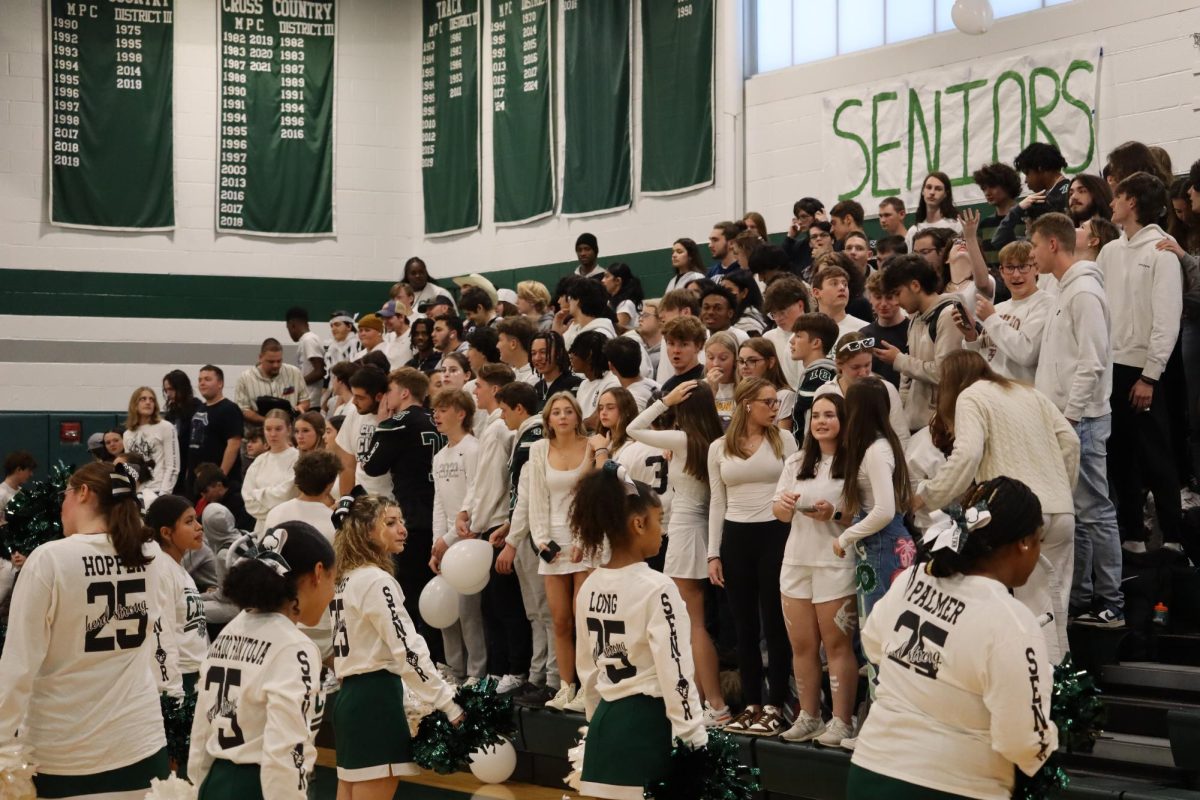












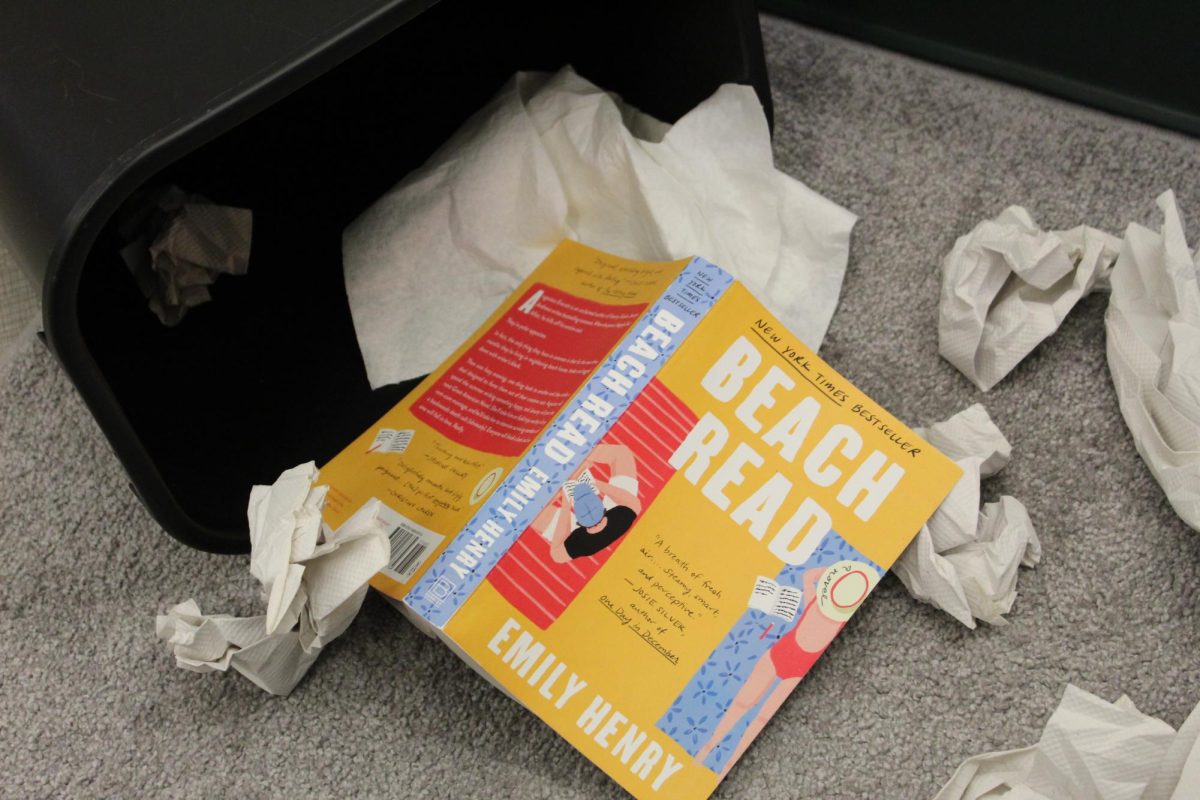





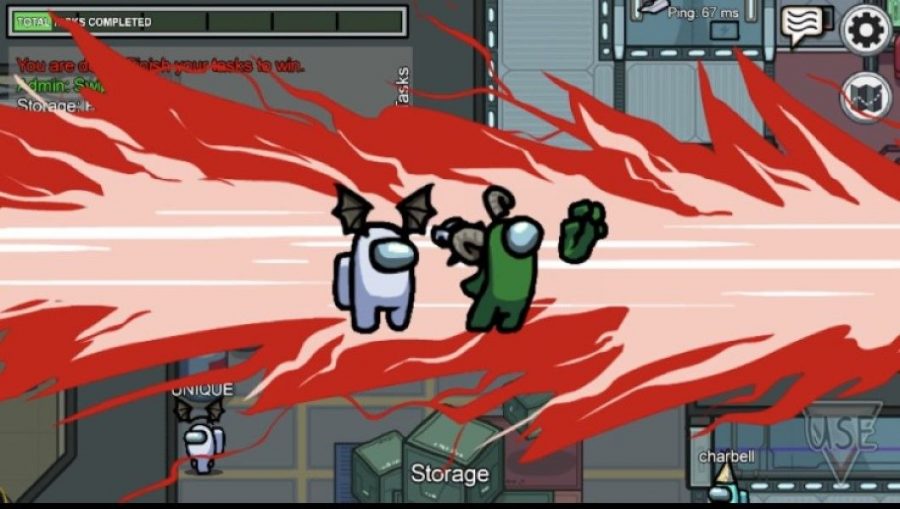









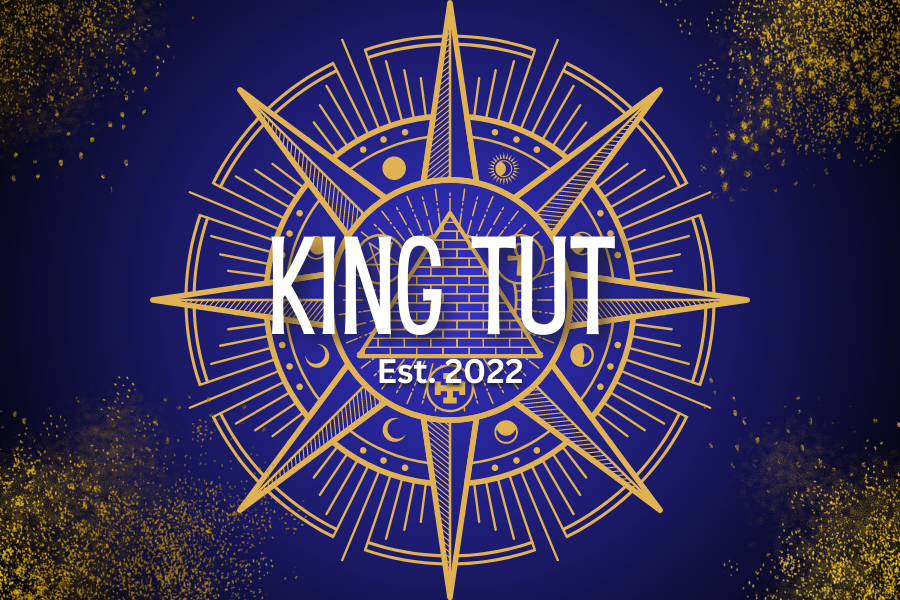


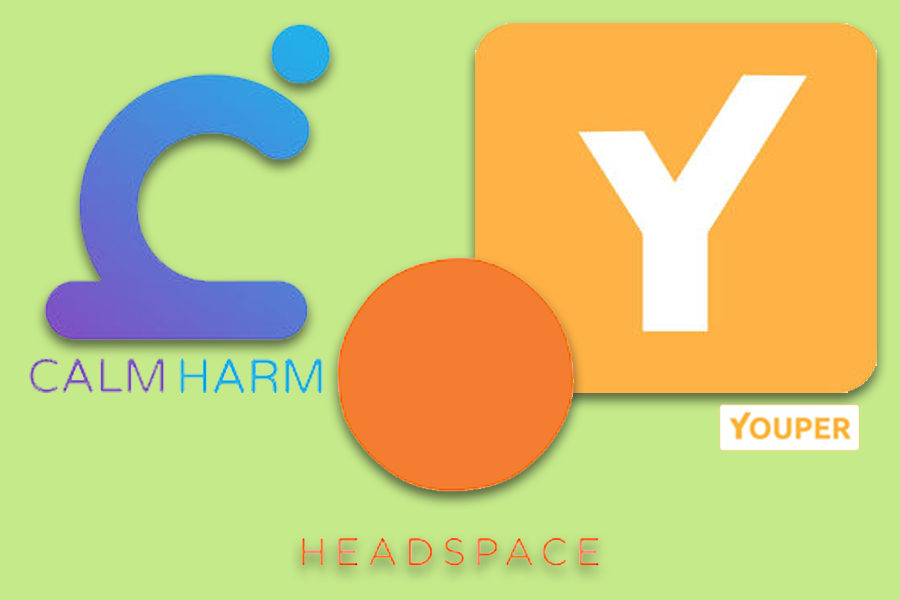



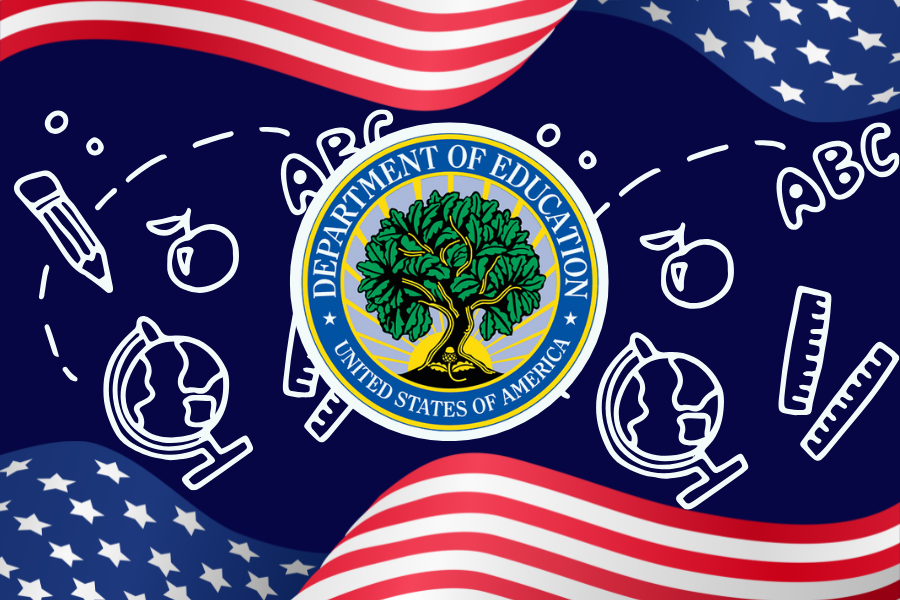






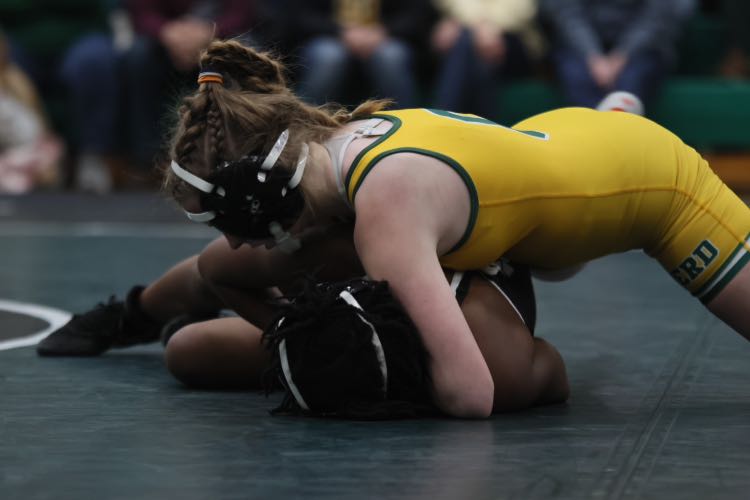
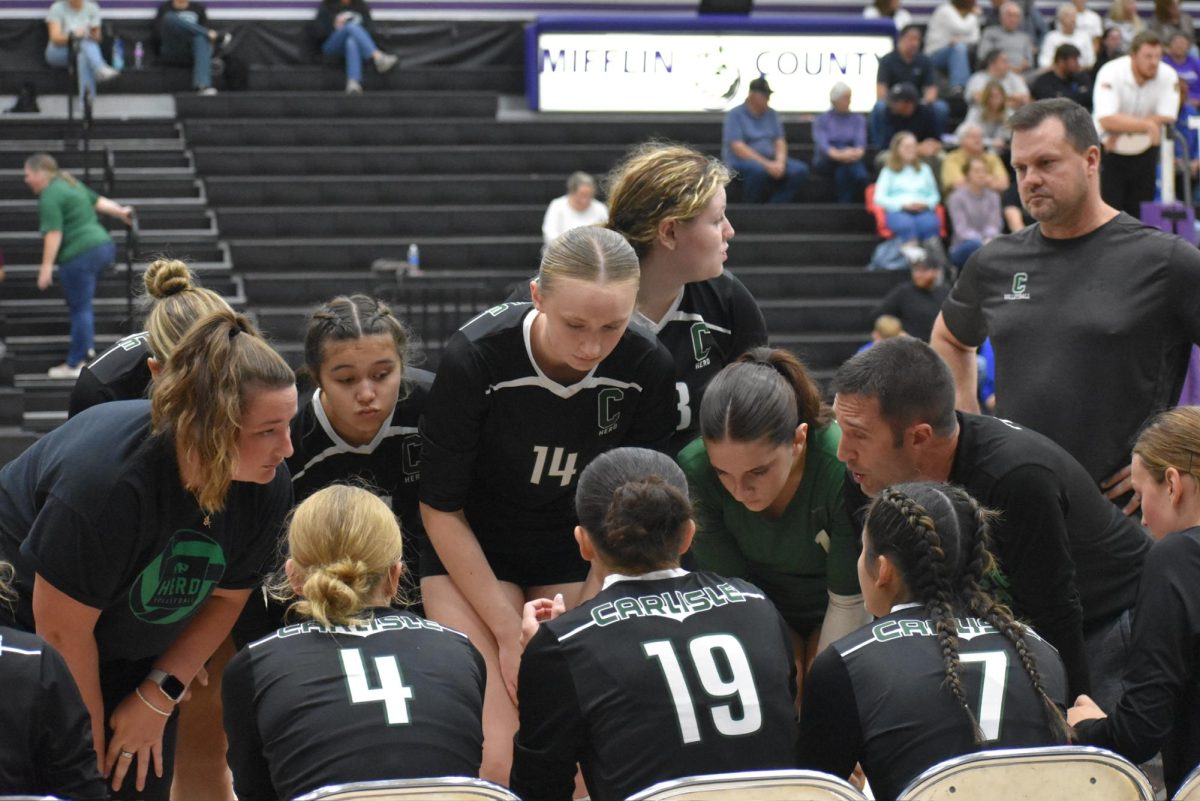

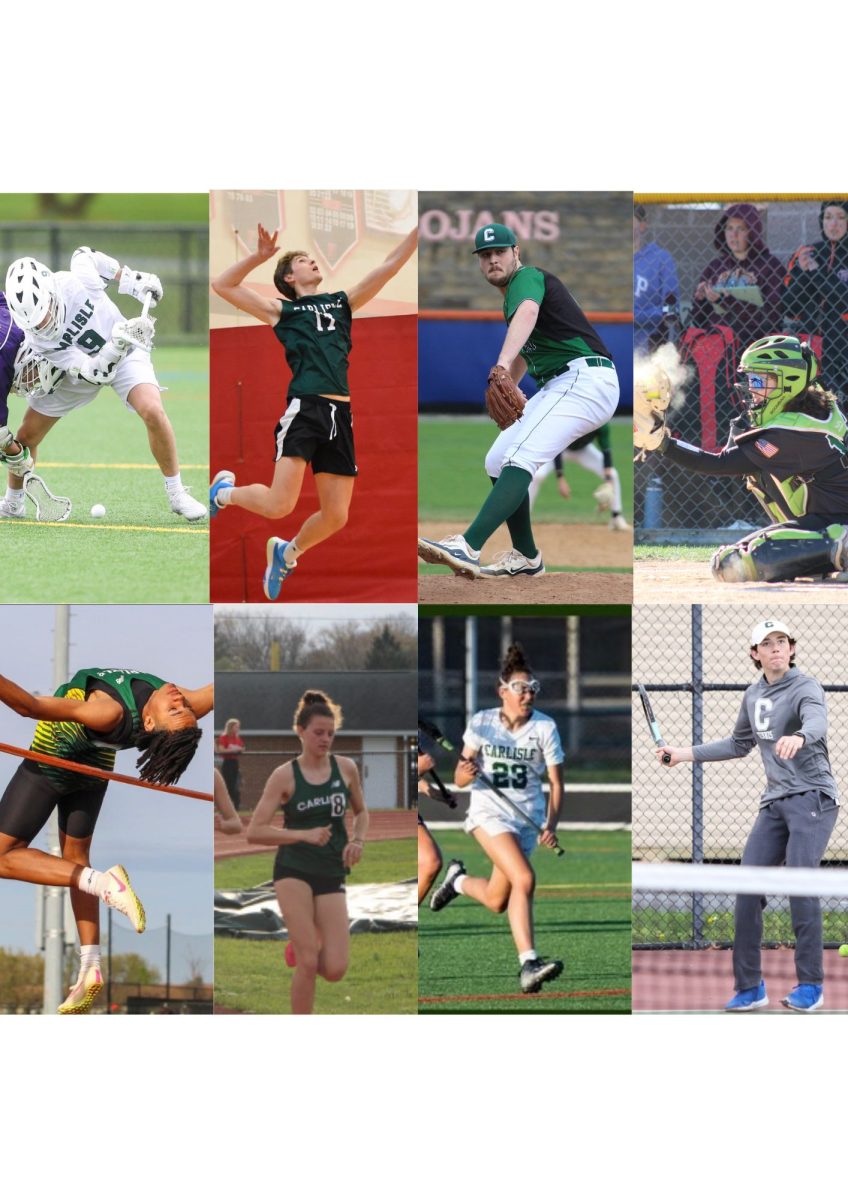



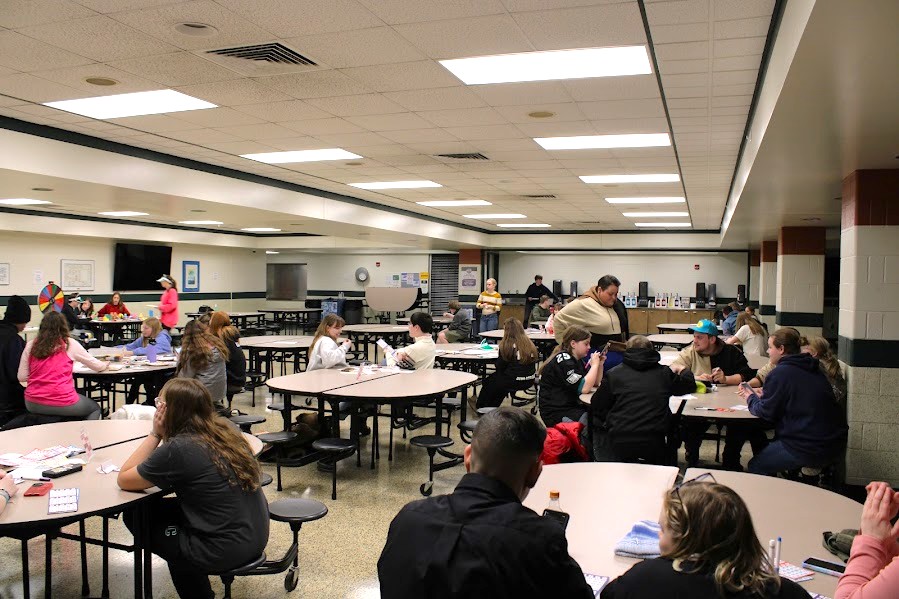


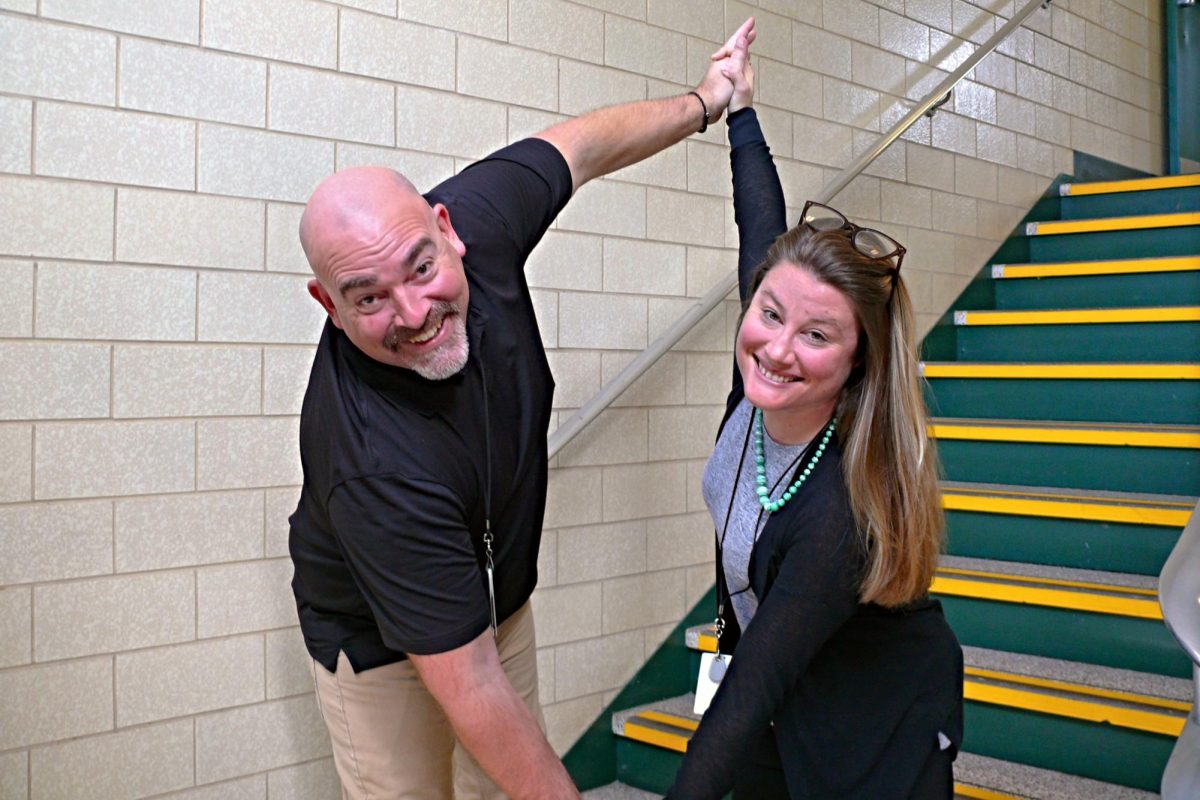





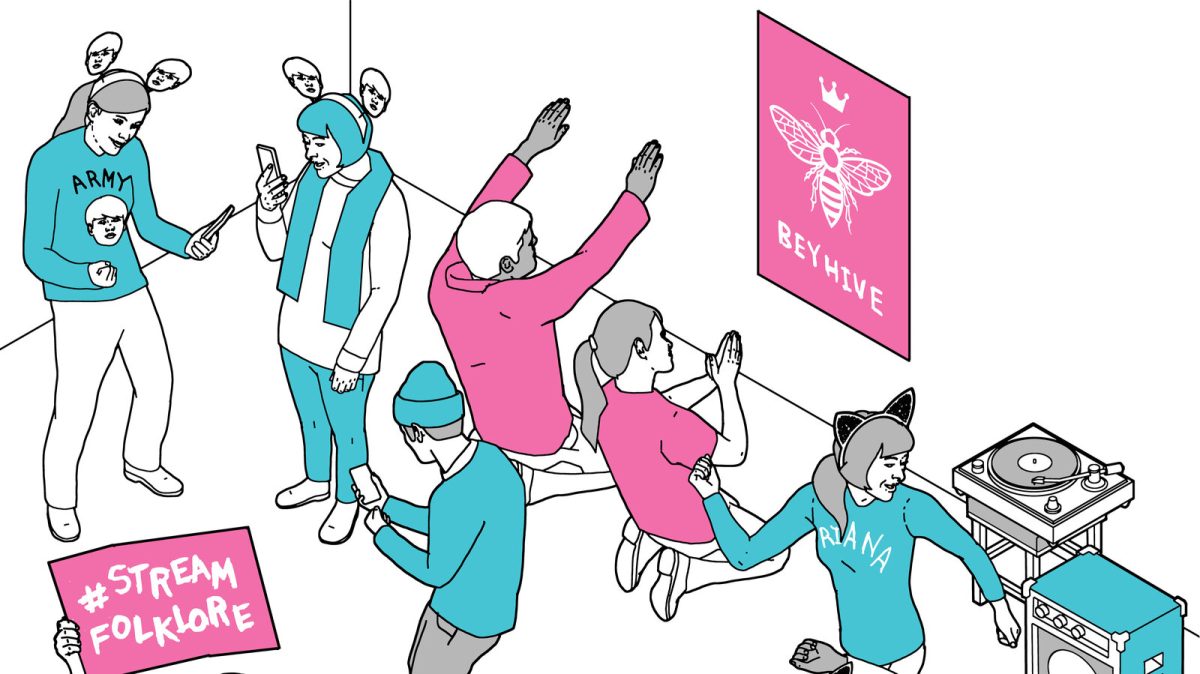
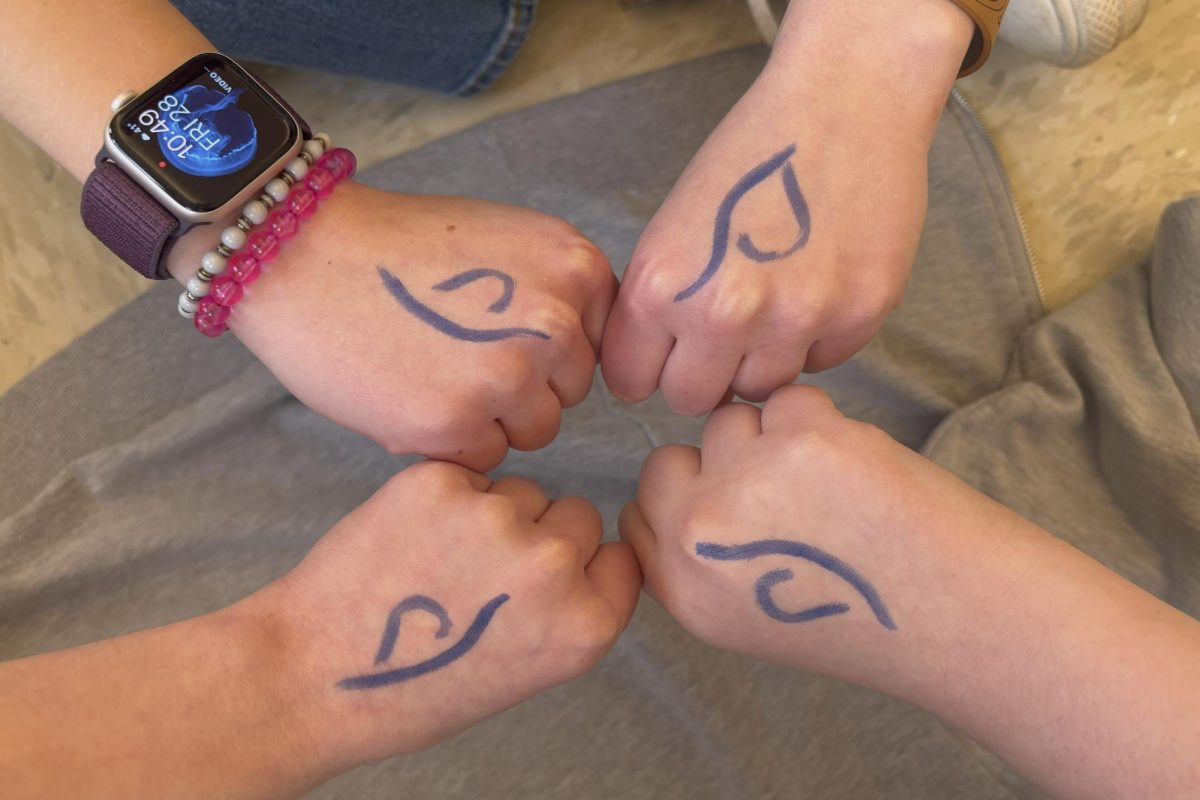

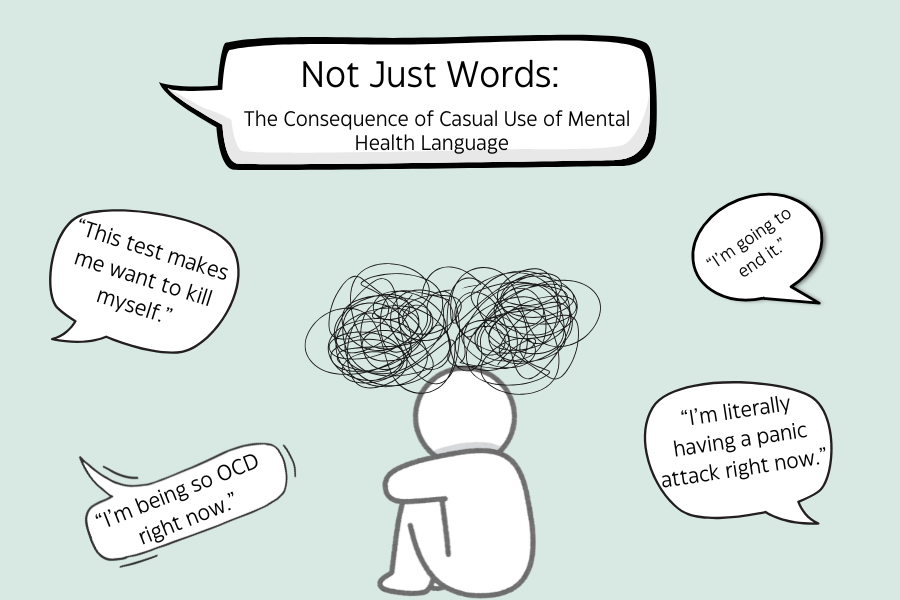

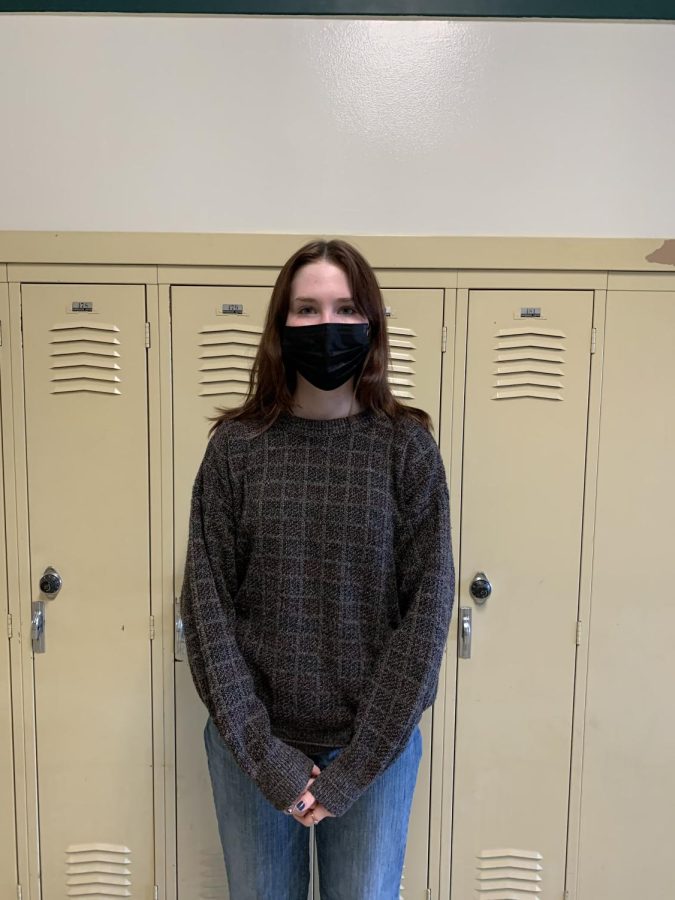
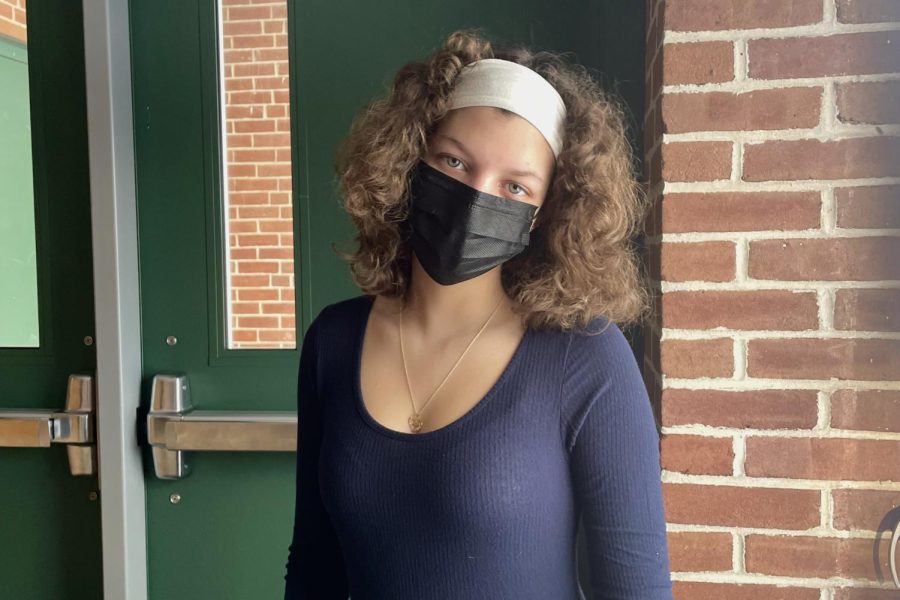
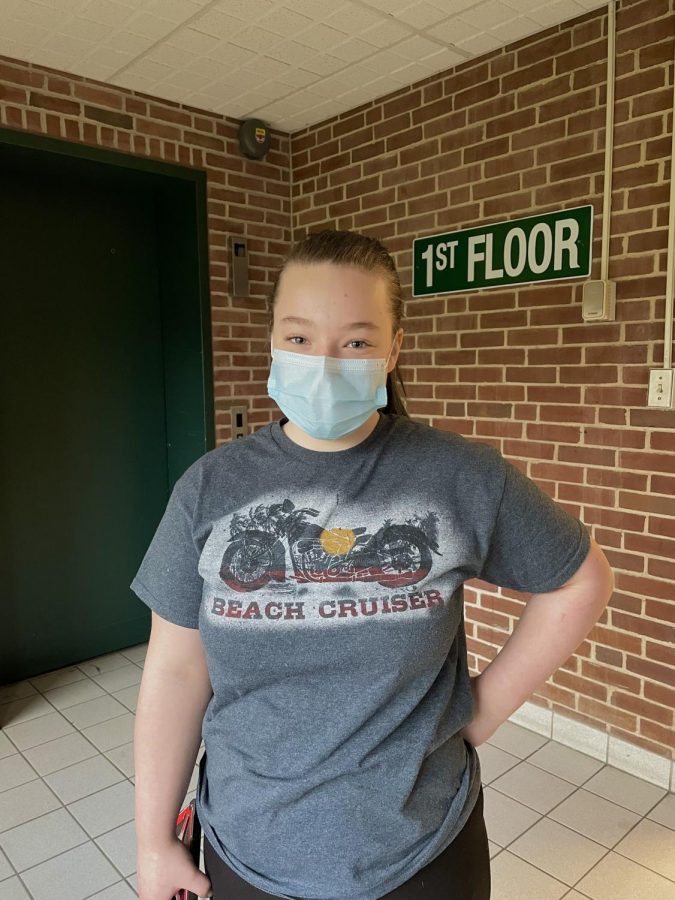


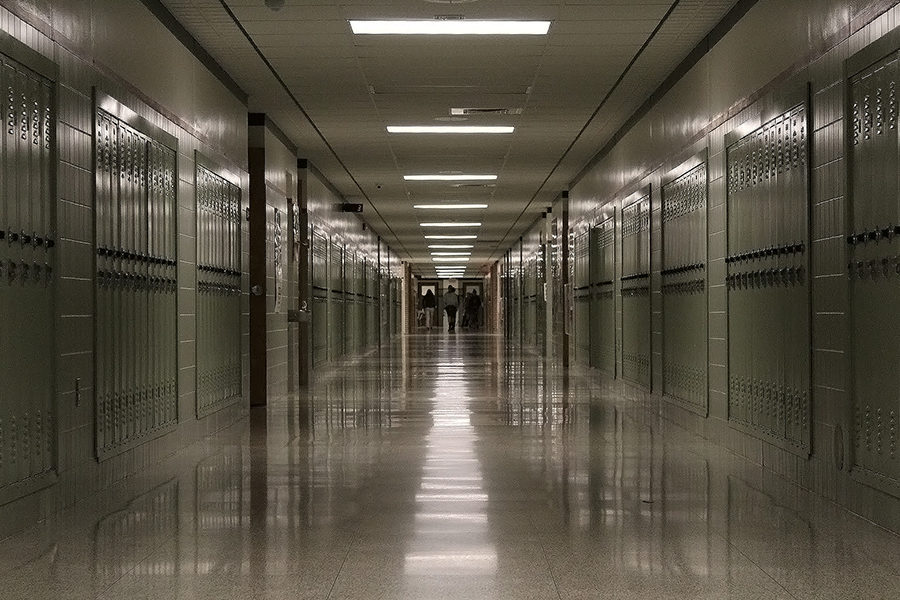

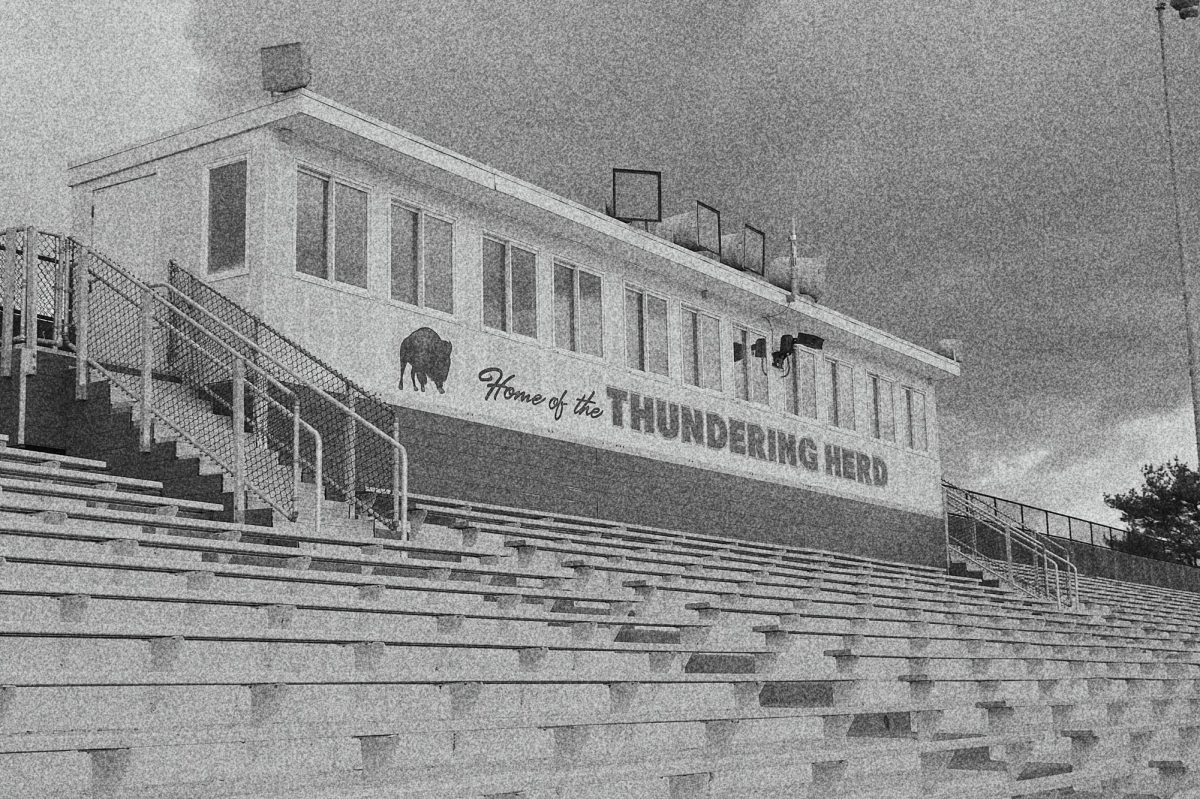




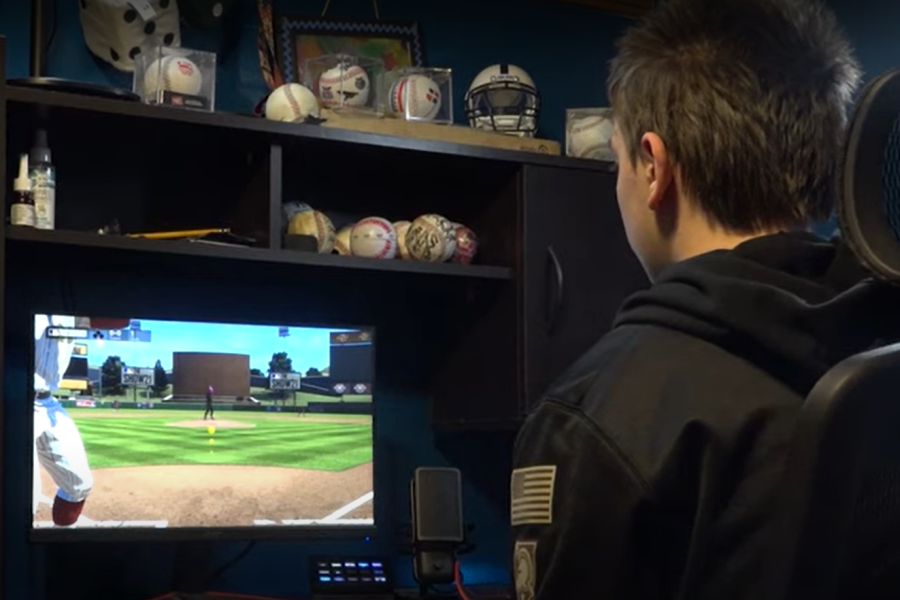

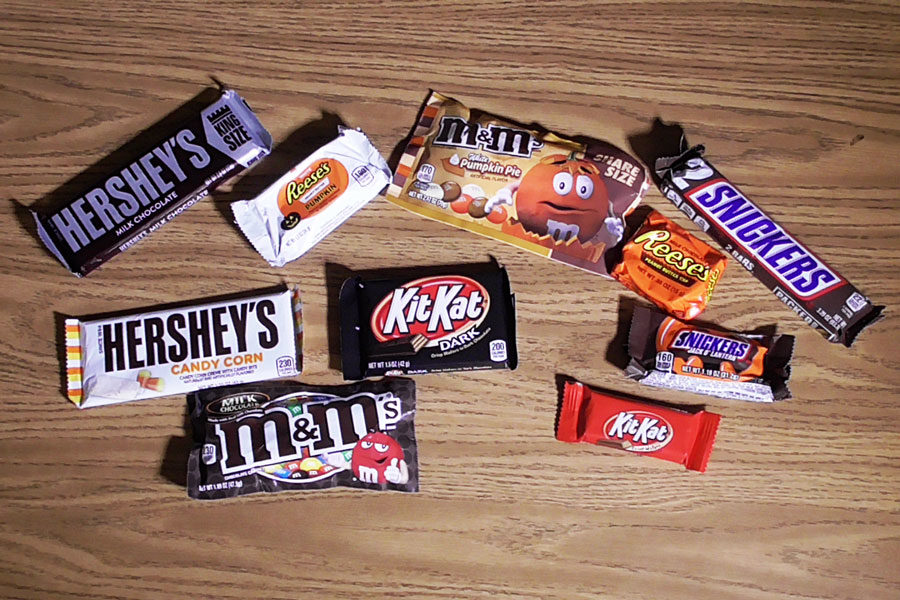




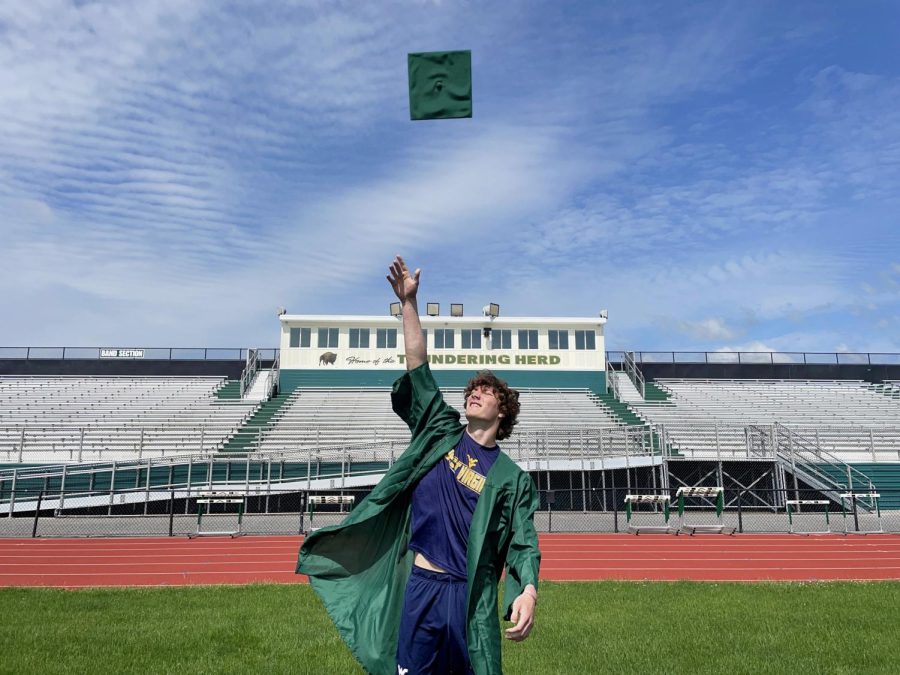

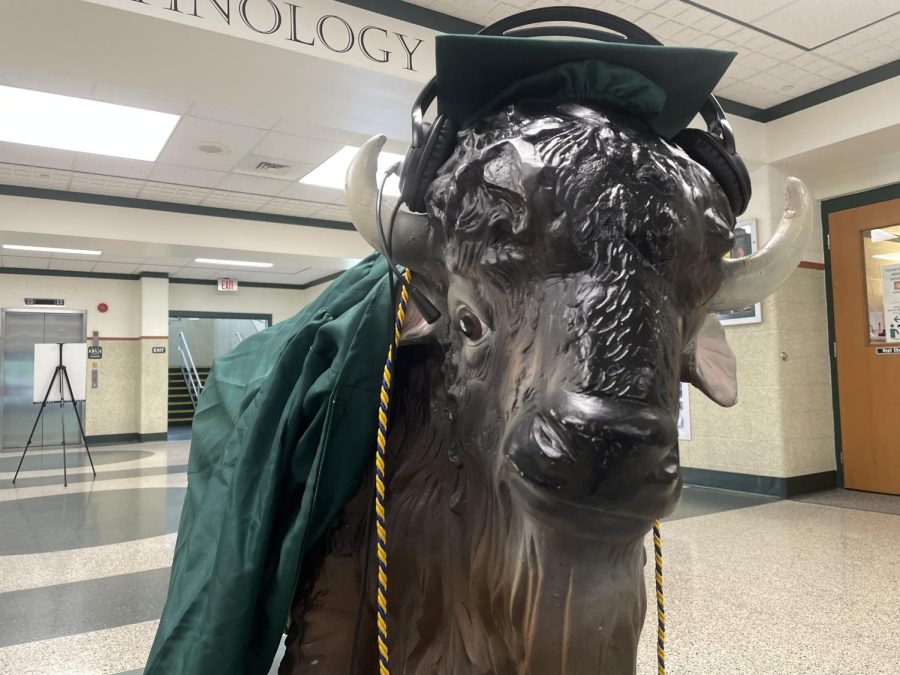

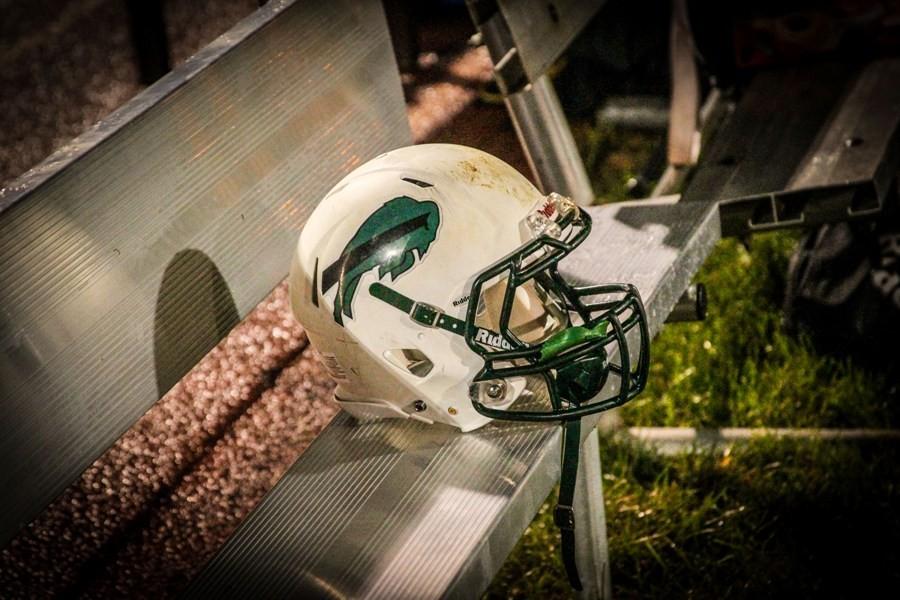
Mary Smith • Jan 15, 2016 at 2:30 pm
I think it’s really important that high school concussions are taken seriously, but it gets even worse professionally. In the NFL, players with concussions are cleared withing a matter of days. I think that overall, concussions should be taken a lot more serious.
Micaela Moffatt • Jan 15, 2016 at 1:20 pm
I’m glad that someone finally brought this topic up! It is such a huge risk and I fear that many people, athlete’s especially do not realize it. As a multi-sport athlete, I have to take extra care to not get a concussion in one sport, because it will not only affect one team, but another team. Thanks for the article!
Kaelan Felknor-Edwards • Jan 15, 2016 at 11:06 am
As a former athlete, this article really struck me. I cannot count the number of times I’ve collided with people or the ground or have hit my head. I’ve been lucky to never have gotten a concussion but I have had many teammates who’ve been out for weeks after one. Concussions are often not taken seriously by student athletes and the sooner we raise awareness about concussions epidemic, the better for all of the student athletes at CHS.